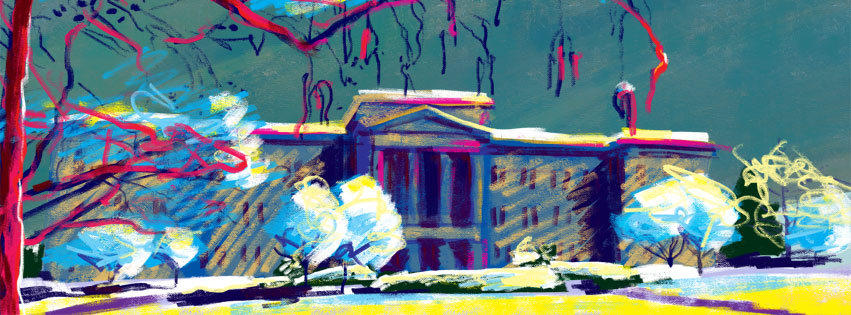Standing out in a flattened world
A few thoughts from the recent CASE VI conference, which I was fortunate to attend:
I first attended It’s the End of the Web as We Know It by Mark Greenfield, consultant and director of the office of Web services at the University at Buffalo. One main contention: the exponential growth of technology is “flattening” the higher education landscape, particularly with the rise of new curricular options such as MOOCs and competency exams. (Greenfield covers this topic on his blog and avidly chronicles it through aggregated articles on his Delicious feed.)
These trends seem positive for enrollment and accessibility, but if a university is assuming a majority of students will follow the four-year, on-campus path, it may be assuming too much. And there are other concerns. It’s challenging to fully evaluate MOOC-driven learning against traditional models, and it’s hard to gauge whether proving skills on a competency exam has much to do with the critical thinking and personal development colleges have historically provided.
Greenfield’s presentation started me thinking that as technology muddies curricular waters, a university’s culture, history, environment and goals– basically, its brand –must become more prominent. The university experience should be bigger and richer than a math equation of credits and degree; it should be an opportunity to play a role in a story that spans generations.
Thinking about depth as well as breadth
I didn’t expect these thoughts to overlap with another presentation, Empowering Faculty to be Brand Advocates, led by Kristen Smarr of the University of Missouri’s College of Agriculture, Food and Natural Resources. She described how she designed and executed training workshops for select faculty with the goal of helping them provide “more human” context to their highly technical lectures. In order to achieve this goal, she led participants through a series of exercises that strengthened their storytelling techniques. A couple of sample exercises Smarr shared:
- She had participants craft and present their life stories — in a three-minute format.
- She had them explain their field or research and why it matters in 60 or fewer seconds.
These exercises revealed that each faculty member had a gripping story to tell about his or her intellectual journey, and each of these stories illustrated the committed pursuit of knowledge. Essentially, they were all brand advocates, now eager and equipped to tell personal versions of the university’s big brand story.
Bringing it back to brand
The two presentations offered such different– and such effective –views. Greenfield’s bird’s-eye, futuristic, tech-driven world really overlapped with Smarr’s highly personal, elegantly simple vision of scholars telling stories. In both cases, I heard that brand consistency is the key to success. And meaningful branding is about so much more than using the proper logo and language (although that’s important). It’s about the big story, the one that spans generations, the one that students want to participate in and contribute to.


